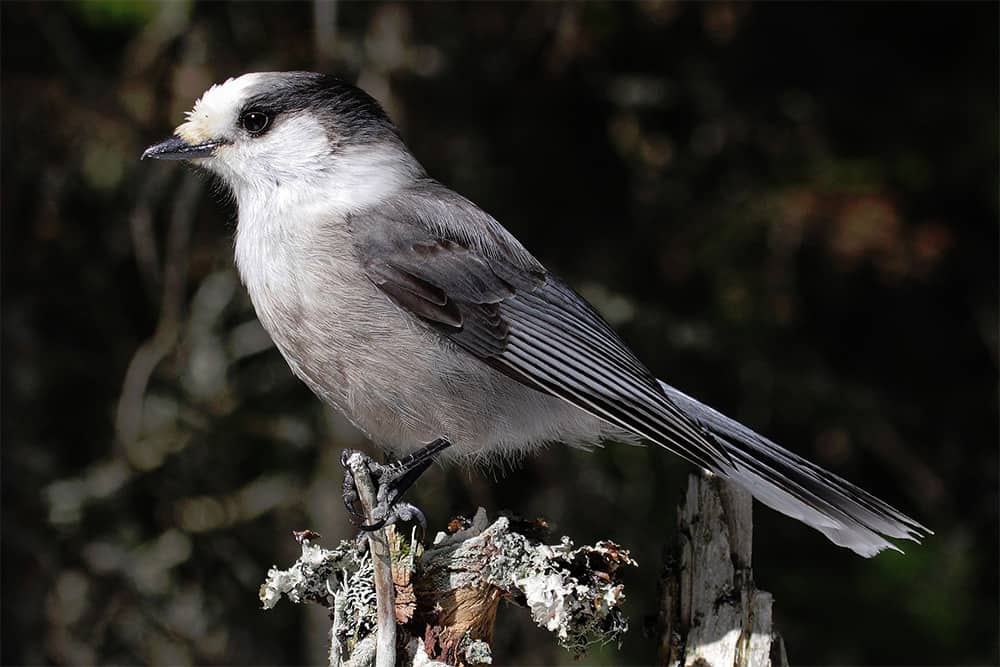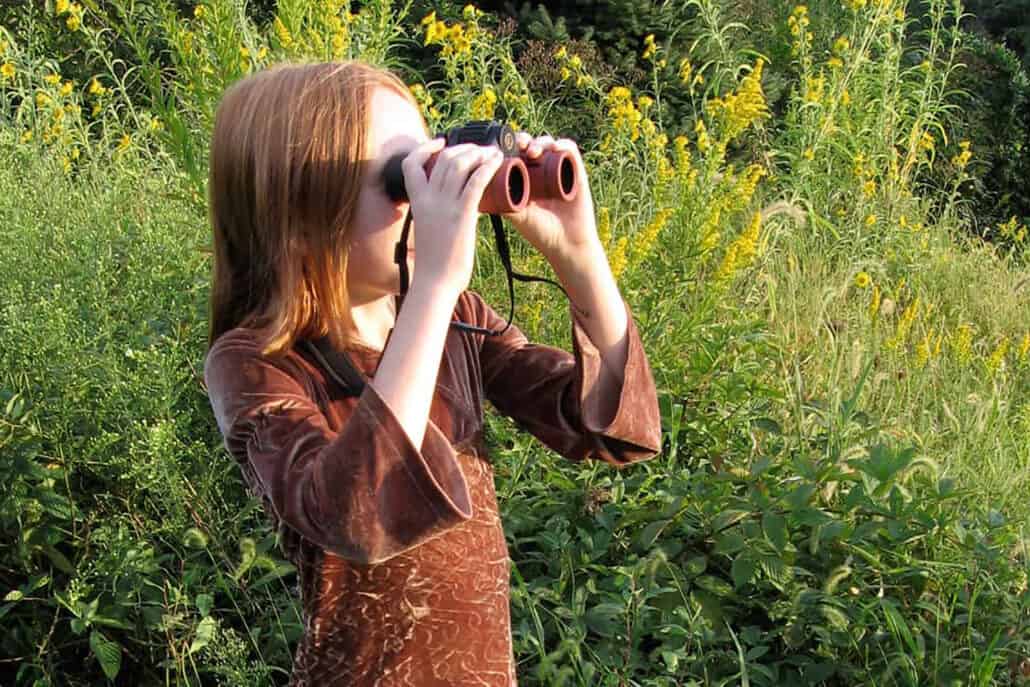The second largest country by total area and the fourth largest by land area, Canada has more surface water than any other country. In population it ranks No. 38, and the vast majority of Canadians live in the South—probably because of the threat of frigid winter weather. Canada is bounded by oceans on the east, west, and north—the Atlantic, Pacific, and Arctic—and by the United States to the south. Much of the eastern half of Canada is dominated by forests and surface water. Low mountain ranges, plains and river valleys separate the maritime provinces in the far east, and the Rocky Mountains dominate western Canada. The Potholes and Prairie region of south central Canada occupies the great plains of central Canada and is called “the duck factory,” since more than half of North America’s waterfowl nest there. Far northern Canada, where roads and villages are far between, could be called the shorebird factory, since dozens of shorebirds—billions of birds—nest there. Canada claims 426 bird species on its checklist including five endemics, but omitting vagrants. Including vagrants, the list shoots up to 663 species.




